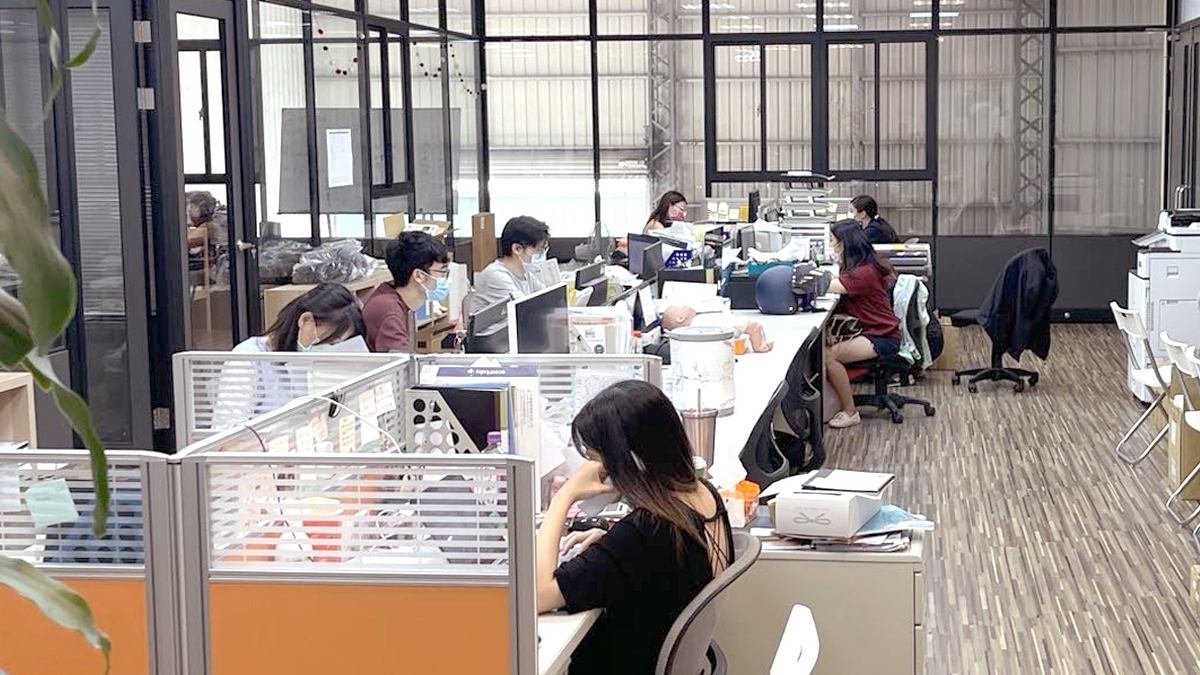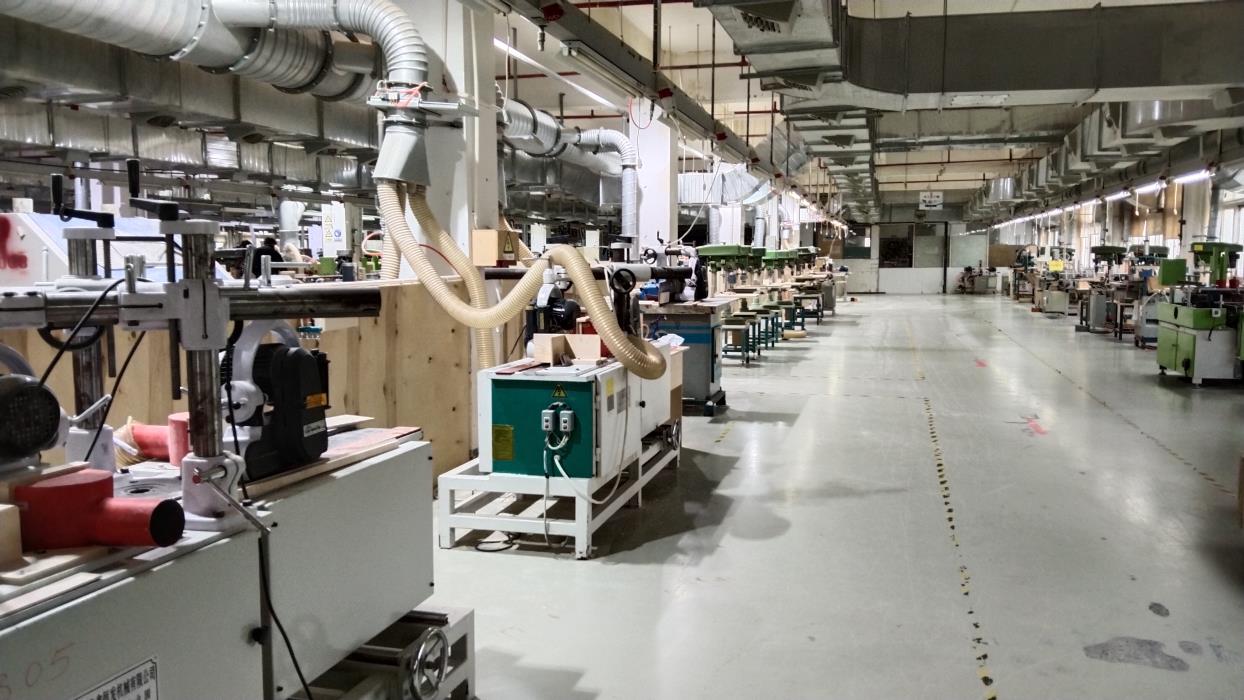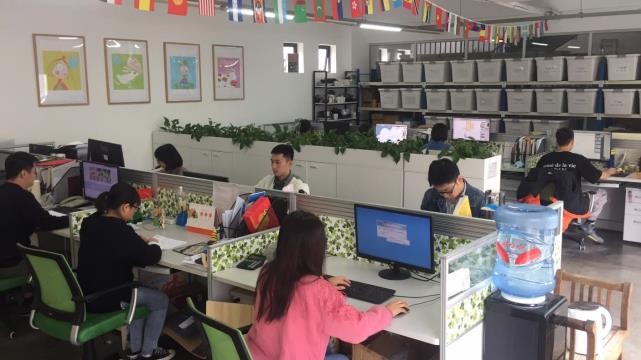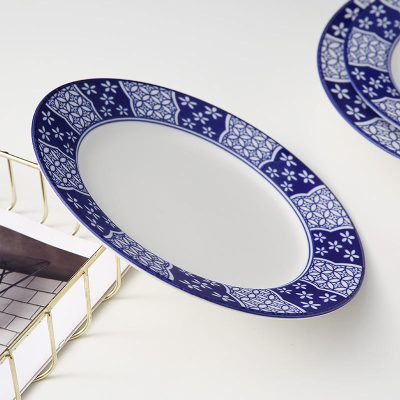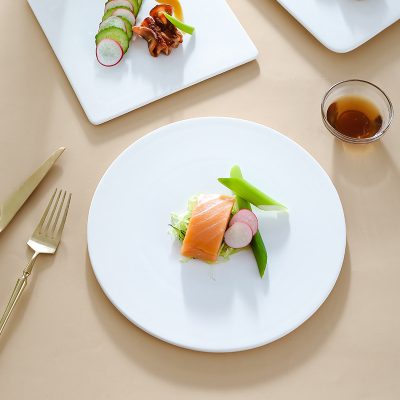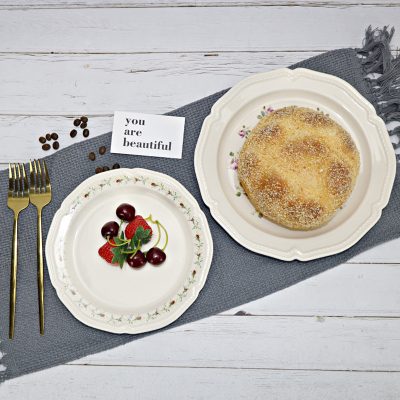
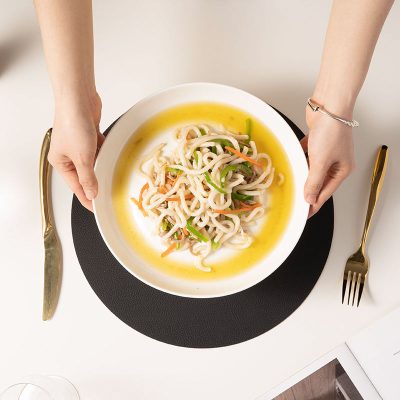
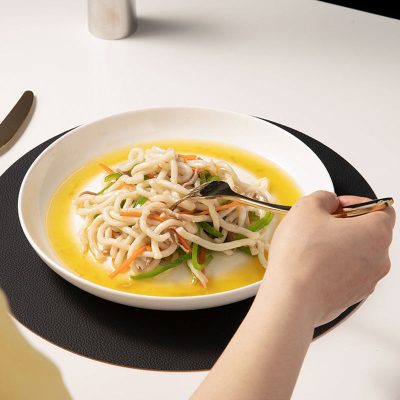
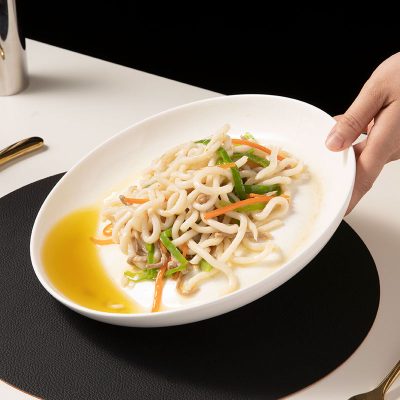
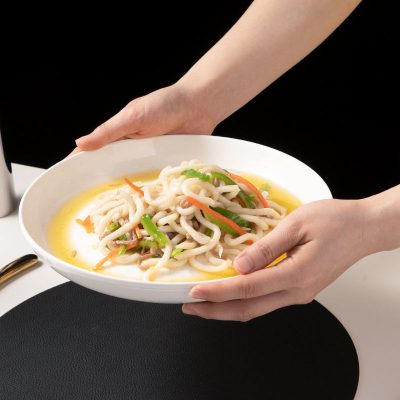
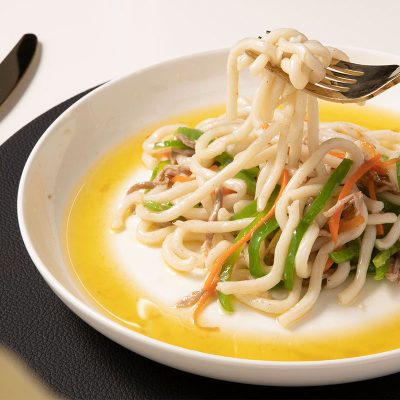
| Product name | Ceramic Plates |
| Size | φ14×H2.8(cm) |
| Material | Ceramics |
| Color | Custom colors |
| OEM / ODM | Welcome to customize |
| Packaging | Brown box; Color gift box; White box; Pallet, Display box.Customized package for you. |
| Logo | Customize |
| Use | Home, Kithchen, Restaurant |
| Payment | T/T or L/C at sight |
| Logo | Customize |
| Use | Home, Kithchen, Restaurant |
| Payment | T/T or L/C at sight |
Ceramic tableware refers to all artificial industrial products with clay and other inorganic nonmetallic minerals as raw materials. It includes various products made of clay or mixture containing clay through mixing, forming and calcination. Ceramic tableware, from the coarsest earthenware to the finest fine pottery and porcelain, belongs to its scope. Its main raw materials are natural silicate minerals (such as clay, feldspar, quartz, etc.), so it belongs to the category of “silicate industry” with glass, cement, enamel, refractory and other industries. The firing and application of ceramic tableware has a long history in China. It is widely loved by Chinese people for its diverse shapes, colorful, cool and smooth feel, and easy to wash. The production methods of ceramic tableware are divided into three types: overglaze color, underglaze color and underglaze color. The overglaze color ceramic is made of colored paper and pasted on the glaze or directly painted on the surface of the product with pigment, and then baked at low temperature. Because the baking temperature cannot reach the melting degree of the glaze layer, the flowered surface cannot sink into the glaze. Touch the overglaze color ceramic with your hand, and feel that the flower surface has obvious concave-convex feeling; The baking temperature of the underglaze color ceramic can make the glaze melt, the pigment can sink into the glaze, and be covered by the glaze layer after cooling, the surface of the product is smooth, and there is no obvious concave-convex feeling when touching; The underglaze color ceramics are all decorated on the porcelain body. After glazing, they are fired at high temperature once. The flower surface is covered by the glaze layer, which looks bright, flat and smooth.
Magnesia porcelain is mainly made of talc rich in magnesium silicate mineral as the main raw material of porcelain mud and fired at 1380 ℃. Therefore, magnesia porcelain tableware has prominent characteristics such as high whiteness, high strength, high thermal stability, etc. Its whiteness is as white as jade, glittering and lustrous, and is the best choice for tableware used in star-level hotels. It is now designated as the porcelain for the State banquet of the Great Hall of the People and the Diaoyutai State Guesthouse, and is selected as the special porcelain by the Beijing Wangfu Hotel. Magnesia porcelain tableware has the unique performance of high strength, acid and alkali resistance, lead-free, and easy washing. It can withstand the bumpy impact of kitchen work, and is not easy to be damaged. It is more suitable for modern lifestyles such as mechanical washing, high-temperature cooking and disinfection, continuous high temperature of electric oven and microwave heating. Magnesia porcelain tableware is selected by large hotels in major cities such as Beijing, Tianjin, Shanghai and Guangzhou, and is favored by foreign investors. It has become a “hot commodity” in tableware exported to Europe, America, Southeast Asia and the Middle East.
